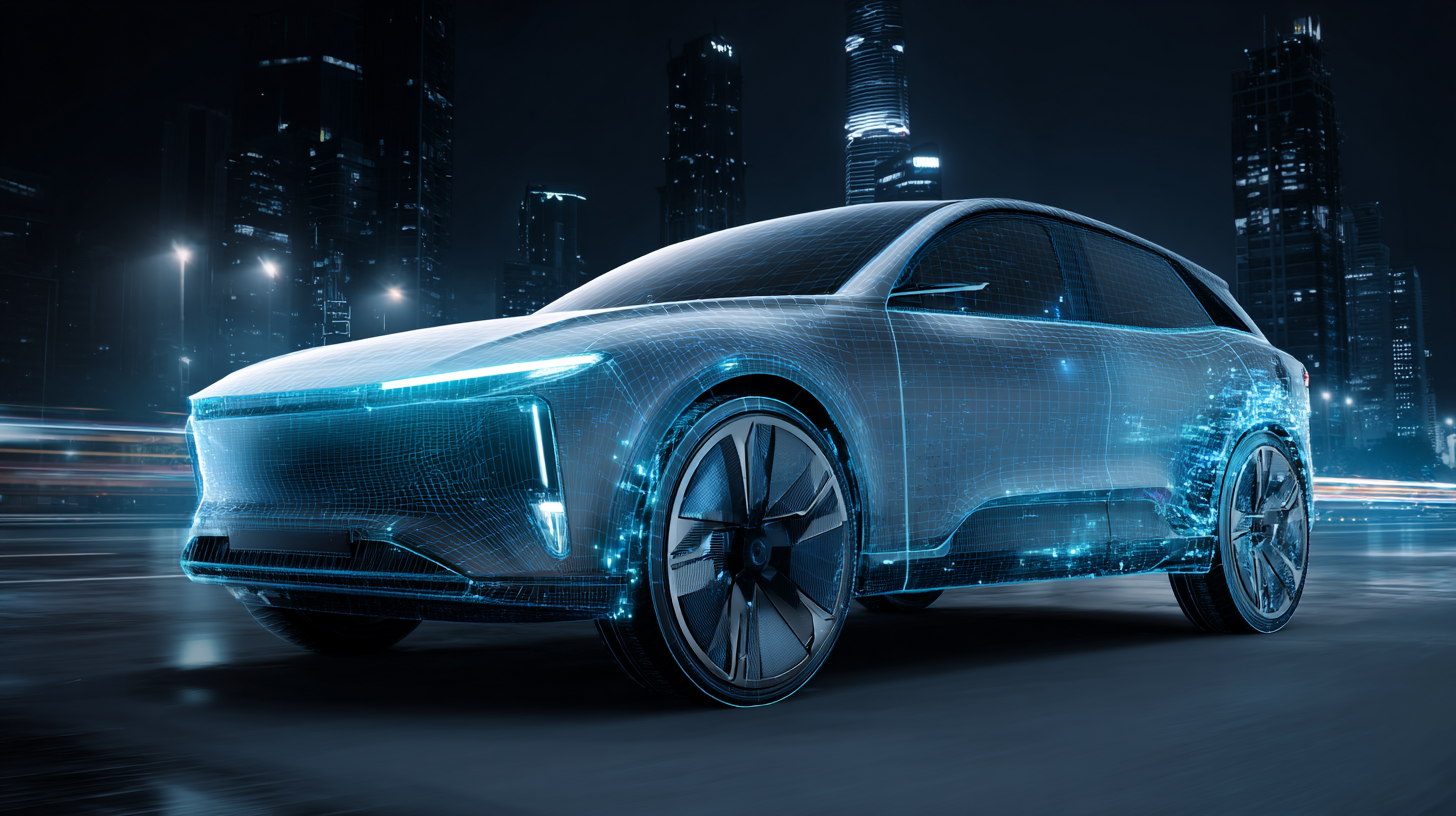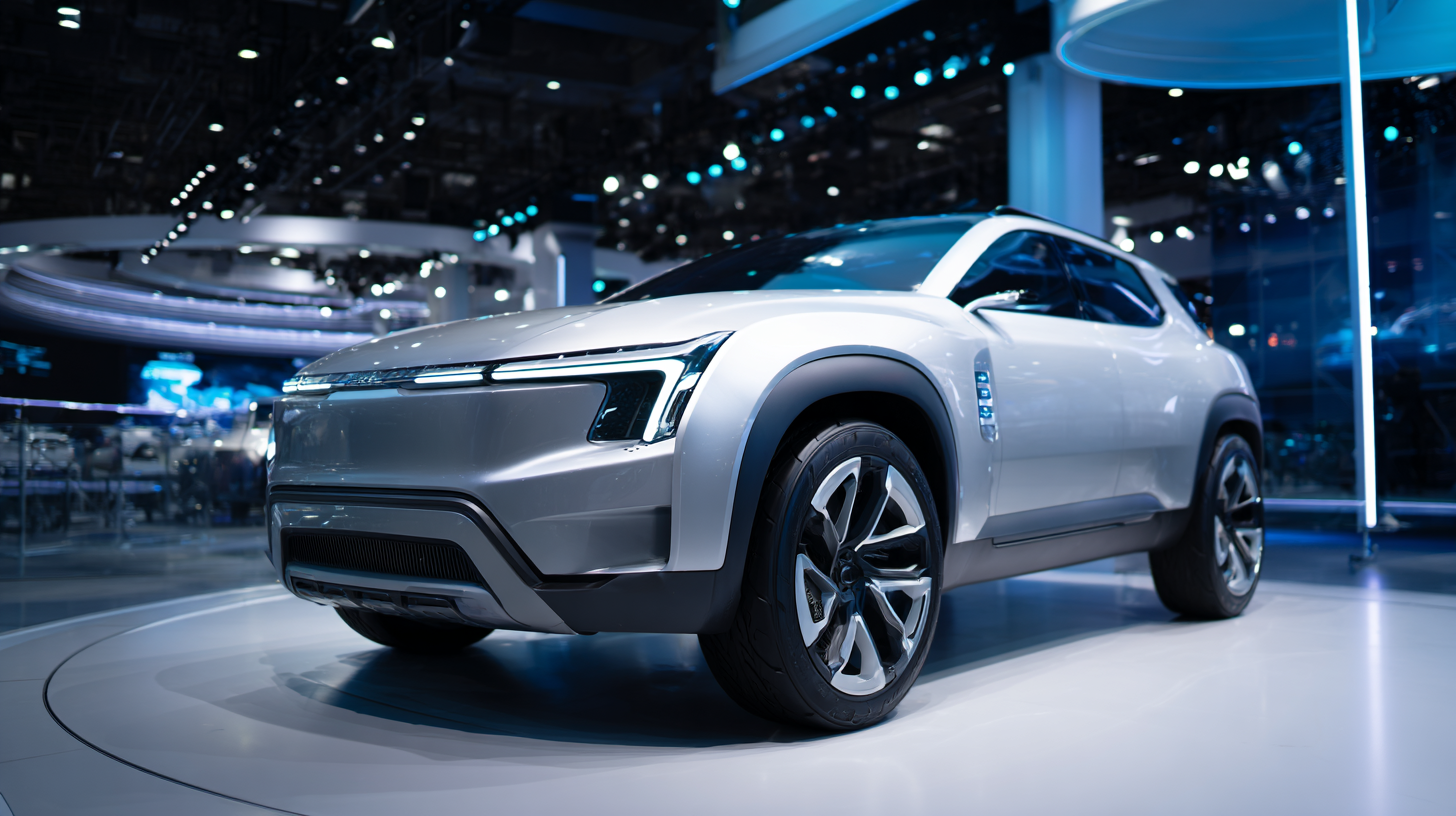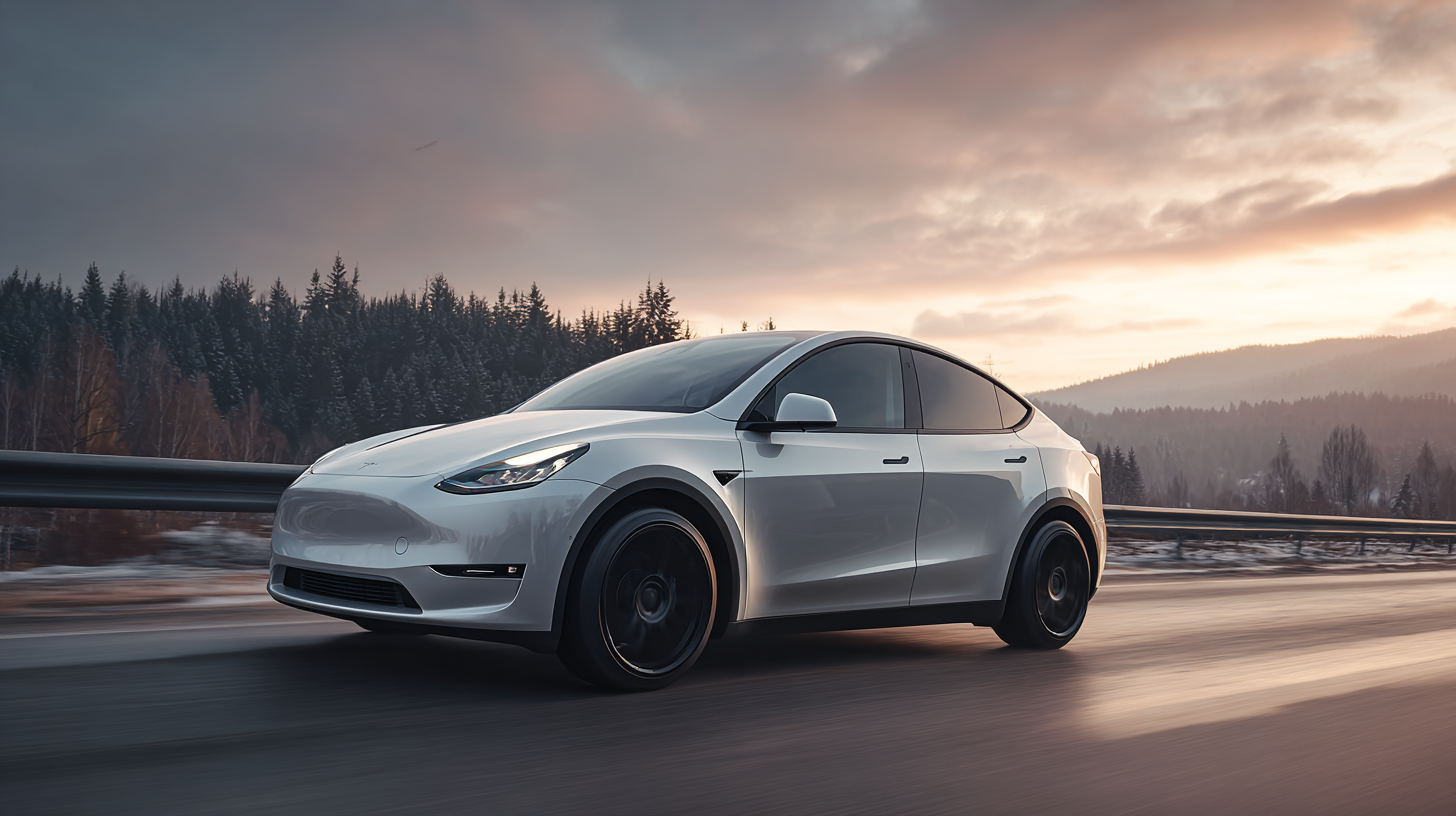As the automotive industry navigates the transition towards sustainability, All Electric SUVs have emerged as a pivotal segment, offering a unique blend of functionality and environmental responsibility. According to a report by the International Energy Agency, sales of electric vehicles surged by 54% in 2021, with all-electric models, particularly SUVs, gaining notable traction among consumers.

This trend is reflective of a broader movement towards reducing carbon emissions and minimizing reliance on fossil fuels, as governments and manufacturers alike set ambitious targets for electrification. By 2030, the market for electric SUVs is expected to account for nearly 30% of all SUV sales, underscoring the significant role that All Electric SUVs will play in reshaping the future of transportation. This article explores the innovations driving this transition, the socio-economic impacts of adopting electric SUVs, and the implications for sustainable transportation moving forward.
As the automotive industry pivots towards sustainability, all-electric SUVs are at the forefront of this transition. These vehicles combine the versatile space and comfort of traditional SUVs with cutting-edge technology. According to a report by the International Energy Agency (IEA), global electric vehicle sales surged by 40% in 2022, with SUVs gaining popularity among consumers. Advances in battery technology play a crucial role, as highlighted by a recent study from BloombergNEF, which predicts that the cost of lithium-ion batteries will fall to $61 per kWh by 2026, making electric SUVs more accessible than ever.
Not only do all-electric SUVs contribute to reduced emissions, but they also feature innovative technologies that enhance driving experience and safety. Many models now come equipped with advanced driver-assistance systems (ADAS) and over-the-air software updates, allowing for continuous improvement post-purchase. As reported by McKinsey, the market for connected vehicles, including electric SUVs, is expected to reach $295 billion by 2030, underscoring the rising demand for automation and connectivity in transportation.
Tips: When considering an all-electric SUV, research the range and charging options available in your area to ensure it fits your lifestyle. Additionally, look for models that offer extended warranties on battery performance, as this can offer peace of mind regarding long-term investment.
Electric SUVs are redefining the landscape of sustainable transportation, offering a blend of environmental consciousness and modern features. One of the most significant benefits is their zero-emission operation, which reduces greenhouse gas emissions and contributes to cleaner air quality. With advancements in battery technology, these vehicles now boast longer ranges, making it easier for drivers to transition away from traditional gasoline-powered SUVs without sacrificing convenience.
Additionally, electric SUVs often come equipped with innovative tech features that enhance both safety and user experience. Advanced driver-assistance systems, connected car capabilities, and autonomous driving technologies not only make for a smoother ride but also promote safer driving conditions. The lower operating costs associated with electric vehicles, such as reduced fuel expenses and fewer maintenance needs, further incentivize consumers to embrace this sustainable option. As manufacturers continue to invest in electric SUV development, the benefits become increasingly apparent, paving the way for a greener future in transportation.
The rapid rise of all-electric SUVs is transforming the automotive landscape, but their successful adoption hinges significantly on the robustness of charging infrastructure. As consumers become more environmentally conscious and seek sustainable transportation options, the availability of convenient and accessible charging stations is crucial. Urban areas, in particular, need to implement a strategic network of fast chargers to alleviate range anxiety and make electric SUVs a viable choice for daily commuting.

Moreover, the integration of smart technology into charging infrastructure can optimize the user experience and enhance efficiency. For example, real-time data apps can guide drivers to the nearest available charging stations, while smart grid technology can manage energy distribution effectively during peak hours. As more manufacturers enter the electric SUV market, collaboration between government agencies, automakers, and private companies will be essential to create a comprehensive charging network that meets growing demand and supports the shift toward sustainable transportation solutions.
The rise of all-electric SUVs is revolutionizing urban mobility and significantly contributing to the reduction of emissions in our cities. These vehicles not only offer a sustainable alternative to traditional gas-powered SUVs, but they also come equipped with advanced technologies that enhance the driving experience while minimizing environmental impact. With growing support from governments and advancements in battery technology, electric SUVs are becoming a viable choice for consumers seeking eco-friendly options.
Tips for reducing your carbon footprint with electric SUVs include maximizing your vehicle's efficiency by using regenerative braking and planning trips to avoid unnecessary short drives. Additionally, take advantage of charging stations in your area to minimize reliance on home charging, especially during peak hours when electricity demand is high.
As electric SUVs continue to gain popularity, urban planners are adapting infrastructures to support this shift. The expansion of charging networks and the promotion of electric vehicle (EV) policies are essential to ensuring that our cities remain accessible and sustainable. The collective effort towards adopting electric SUVs showcases a proactive approach to combat urban pollution and foster a cleaner environment for future generations.
The electric SUV market is experiencing a wave of innovations, particularly through the integration of advanced actuators equipped with sophisticated sensing and communication capabilities. This trend is pivotal as manufacturers begin to merge these actuators with built-in sensors, enabling real-time monitoring and enhanced vehicle functionalities. Such developments not only improve the driving experience but also contribute significantly to the overarching goal of sustainable transportation.
As we look ahead to the future of all-electric SUVs, manufacturers are unveiling their latest products at major automotive events, showcasing their commitment to sustainability and smart technology. The recent appearance of a notable brand at the IAA Mobility 2025 in Munich highlighted the importance of smart integrations that will power the next generation of electric vehicles. The emphasis on connectivity and responsiveness in vehicle operations is paving the way for smarter, more efficient modes of transportation.

Tips: When considering an electric SUV, pay close attention to the smart features available. These advanced technologies can significantly enhance safety and efficiency. Additionally, observe the market trends and projections for SUV growth to better understand the evolving landscape of electric vehicles. Staying informed will help consumers make educated choices as they transition to sustainable transportation options.
